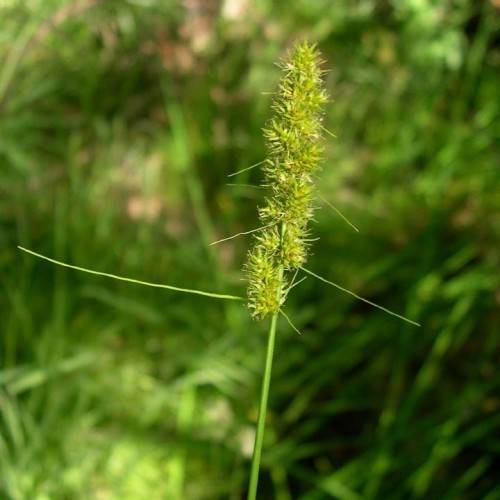
Blunt Broom Sedge
Carex tribuloides var. tribuloides
Watering:
Average
Hardiness Zone:
Sun:
full sun
Leaf:
Yes
Growth Rate:
Low
Drought Tolerant:
Yes
Salt Tolerant:
Yes
Invasive:
Yes
Care Level:
Medium
watering
When watering Twisted Sedge (Carex torta), it is important to keep the soil consistently moist but not soggy. Water the plant once or twice a week in the summer, allowing the topsoil to dry out a bit between waterings. In colder weather, wait until the soil is dry before watering. Be sure to water the soil and not the foliage, as this can cause disease.
sunlight
Twisted Sedge (Carex torta) requires full sun to partial shade exposure throughout the day. Generally, this species prefers at least 4-6 hours of direct sunlight every day, though it may do well with as much as 8-10 hours of sun a day.
pruning
Twisted Sedge should be pruned in late winter or very early spring. This should be done before active growth begins for the season. Pruning should be minimal, as it prefers a natural form with no drastic shaping. Cut away any broken or damaged stems, as well as stems that appear to have died out. You can also cut out any stems that may look like they are growing into an undesirable shape. Remove no more than 15-20% of the overall stem/foliage size.
